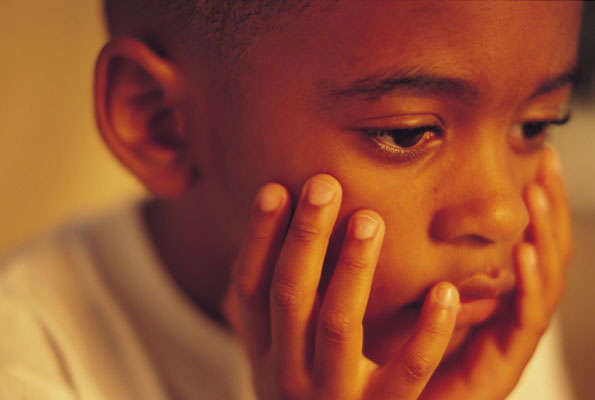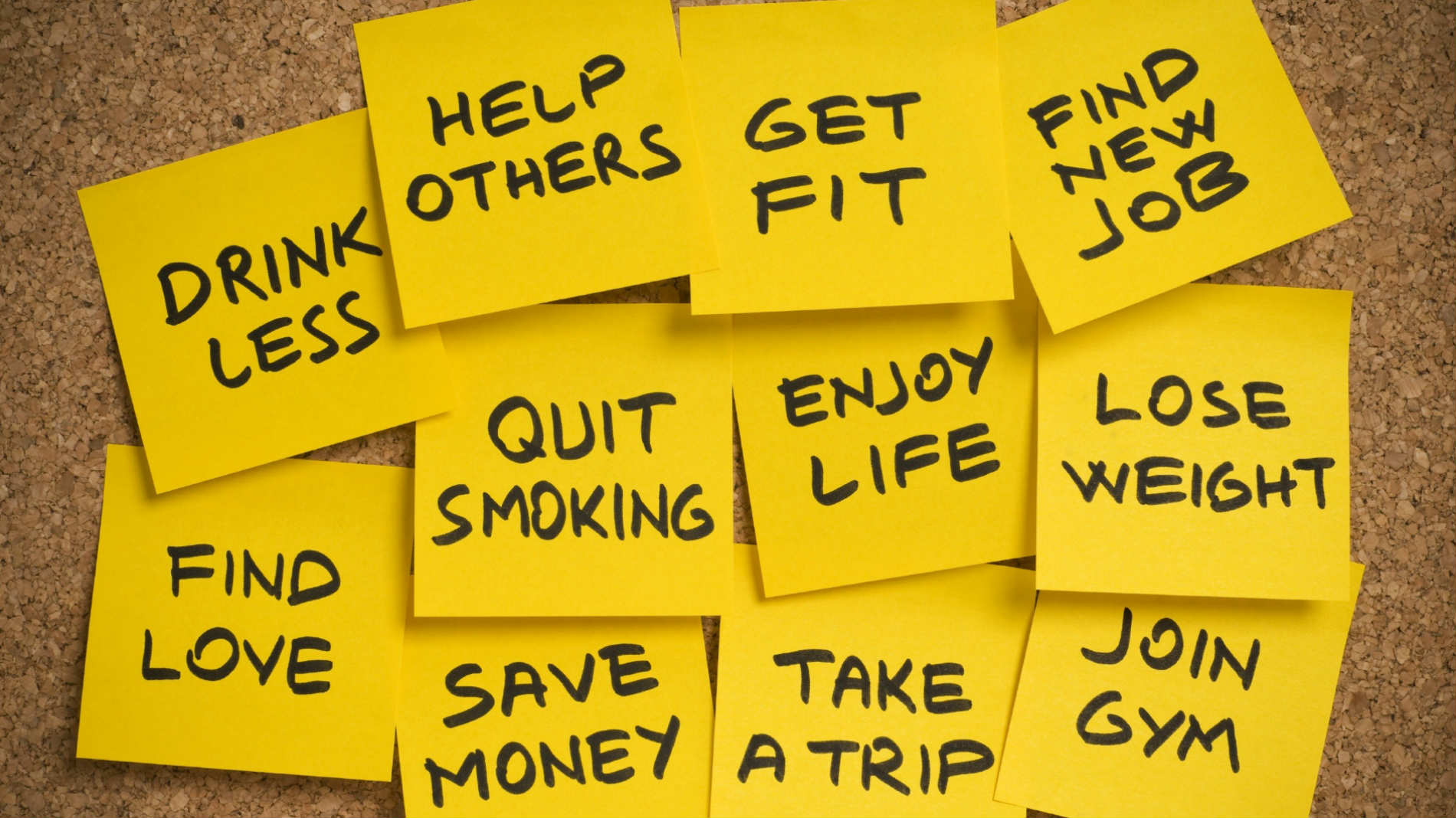
It is very important to periodically review the differing presentations of how depression presents in children than in adults. It really takes a critical and good clinical eye to recognize the difference between depression in children and the ever so familiar ADHD.
First off, children do get depressed. A lot of people try to downplay the reality that children can also meet diagnostic criteria for depression. I would like to take a few minutes to break down some of the differences in symptom presentation. The first symptom I would like to discuss is
- Avoidance and withdrawal
Oftentimes children will just withdraw from normal childhood activities. They may NOT want to go to school or even outside to play. This is a similar to anhedonia in adults, but depression in children is usually very serious and precludes suicidality.
- Clingy and Demanding Behaviors
Don’t just assume that a child is spoiled or whiny, if they regress or began to exhibit the above symptoms, it may be time to get a licensed clinician/physician involved. Be sure that the clinician is properly trained and credentialed to access children. If your child is under nine years old, you may want to ask the clinician, “How many children have you accessed for depression, as opposed to ADHD in your practice.?” For children under nine, you should most probably seek a Psychiatrist/Psychologist with the added certification of Child and Adolescent Psychiatry or Mental Health.
- Difficulty organizing their thoughts
You have got to be careful NOT to let the clinician quickly jump to a diagnosis of ADHD. Depressed kids are more sad and withdrawn, while ADHD kids appear a little more agitated and frustrated. Depressed kids have a horrible time, keeping track of their thoughts, book-bags and home assignments. ADHD kids usually have a lot of difficulty specifically keeping up with home assignments and the completion of homework.
- Self Injurious Behavior
This is an area that you really have to watch for in depressed children. They may start cutting in their inner thigh or even on their wrist. They oftentimes will hide their self-injurious behavior from adults. You may notice the superficial or deep marks during times of bathing or a routine physical examination with the pediatrician. * This should be considered a medical emergency and the child should be taken immediately to an emergency receiving facility to be evaluated. Also, please be reminded that kids do not cut as a sign of a Personality Disorder, when they cut it is more suggestive of a mood disorder, in particular depression.
- Agitation
I have this to be a very common presentation of depression in children. Usually, we want to immediately label an agitated child with ADHD, however be cautious jumping to pre-mature diagnostic conclusions. It is essential to have your child worked-up and fully evaluated. Depressed kids are often very fidgety and can’t sit still but it is a symptom of their mood disorder.
Please be reminded that children don’t have the same verbal skills as adults and therefore they may not be able to share their feelings accurately but they may outwardly exhibit or act-out their emotional distress. Suicide is the 8th leading cause of death in America. We must further educate ourselves and cultivate further knowledge and research that is already out there available for use in our schools, churches and basic clinical settings.
Picture source: http://www.monitor.co.ug/Magazines/Health—Living/Depression-in-Children–A-silent-killer/-/689846/1661780/-/12xq2h3z/-/index.html



